Peterloo Massacre (1819)
Mon Aug 16, 1819
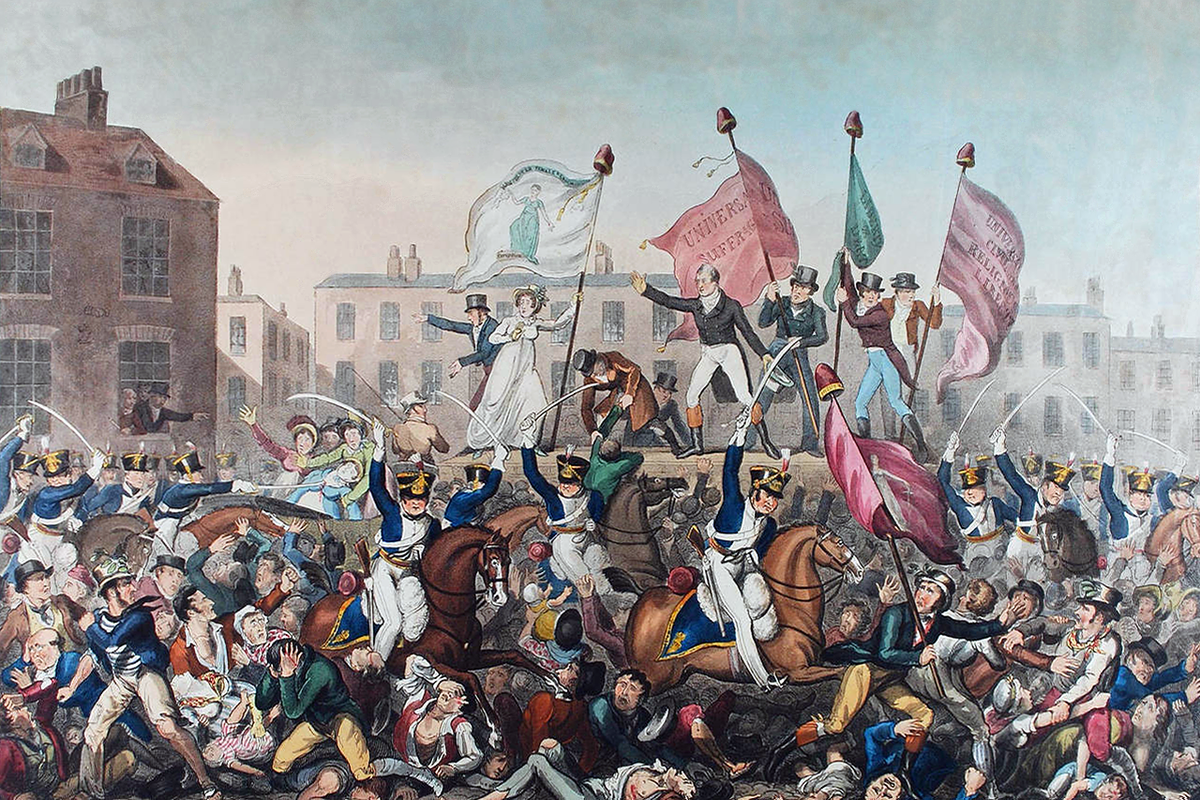
Image: A colored engraving that depicts the Peterloo Massacre in Manchester, England. Not all the details strictly accord with contemporary descriptions; the banner the woman is holding should read: Female Reformers of Roynton -- "Let us die like men and not be sold like slaves".
On this day in 1819, the Peterloo Massacre took place when British cavalry charged a crowd of ~60,000 protesters gathered in St. Peter's Field in Manchester, England to demand democratic reforms, killing 18 people and wounding hundreds more.
The protest took place in the context of an economic crisis and harvest failure following the end of the Napoleonic Wars in 1815. At the time, only approximately 11% of adult males could vote, very few of them in the industrial north, which was the worst hit by the crises.
Reformers, led by figures such as the radical orator Henry Hunt and social reformer Samuel Bamford, identified democratic and parliamentary reforms as a way to mobilize the masses, acquiring three-quarters of a million signatures in 1817, a proposal flatly rejected by the House of Commons.
On August 16th, 1819, a mass rally of democratic reformers gathered in St. Peter's Field in Manchester. The meeting's aims were explicitly peaceful and legal; organizers stated the protest's purpose was "to consider the propriety of adopting the most LEGAL and EFFECTUAL means of obtaining a reform in the Common House of Parliament" and did not allow participants to bear arms.
Despite this, members of the British Cavalry attempted to arrest leaders of the protest. When their horses became stuck in the crowd, officers panicked and began indiscriminately attacking the meeting's participants. Exact numbers are difficult to calculate, but modern estimates are that 18 people were killed and approximately 600 more were injured.
Among those killed was a two year old boy, knocked from his mother's arms by a charging horse. John Lees, a working class veteran of Waterloo who later died of wounds sustained at the Peterloo Massacre, stated "At Waterloo there was man to man but there it was downright murder".
The British government supported the military's actions and, as a result of the disorder, passed the "Six Acts", legislation to suppress radical meetings and publications. By the end of 1820, every significant working-class radical reformer was in jail.
On the political situation after Peterloo, historian Robert Reid wrote "it is not fanciful to compare the restricted freedoms of the British worker in the post-Peterloo period in the early nineteenth century with those of the black South African in the post-Sharpeville period of the late twentieth century."
- Date: 1819-08-16
- Learn More: www.peterloomassacre.org, en.wikipedia.org.
- Tags: #Massacre, #Protests.
- Source: www.apeoplescalendar.org

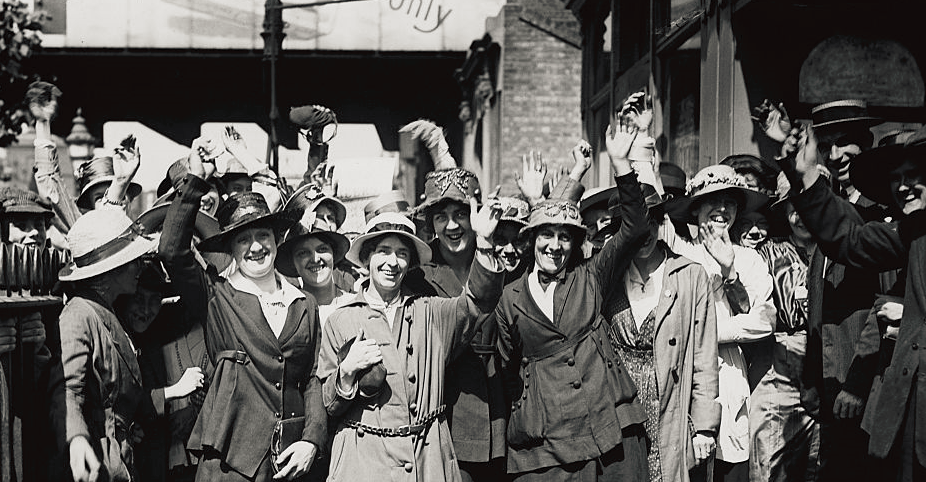
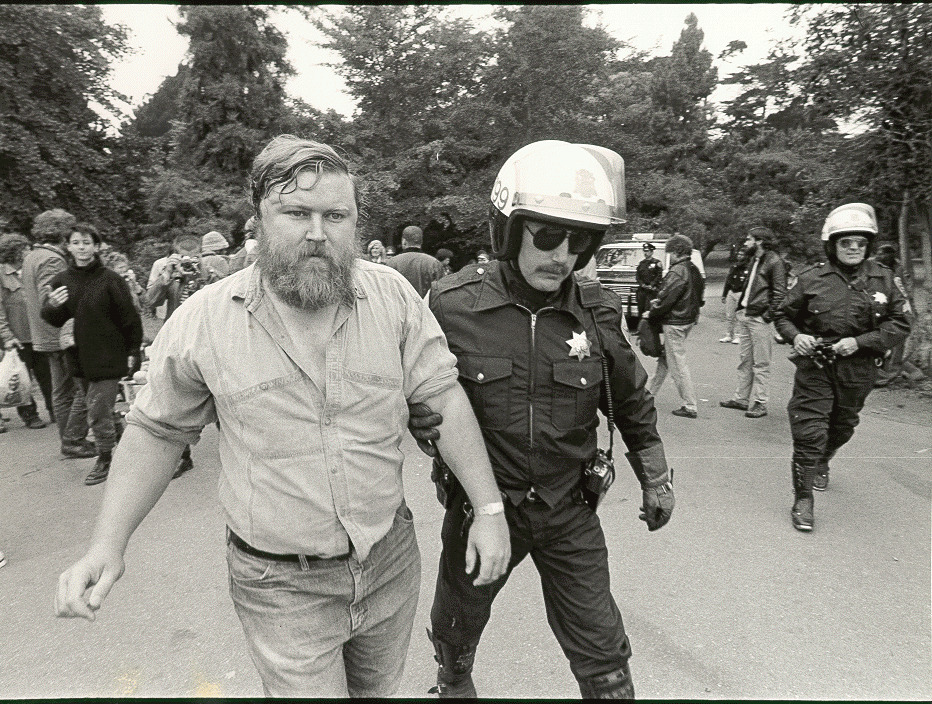
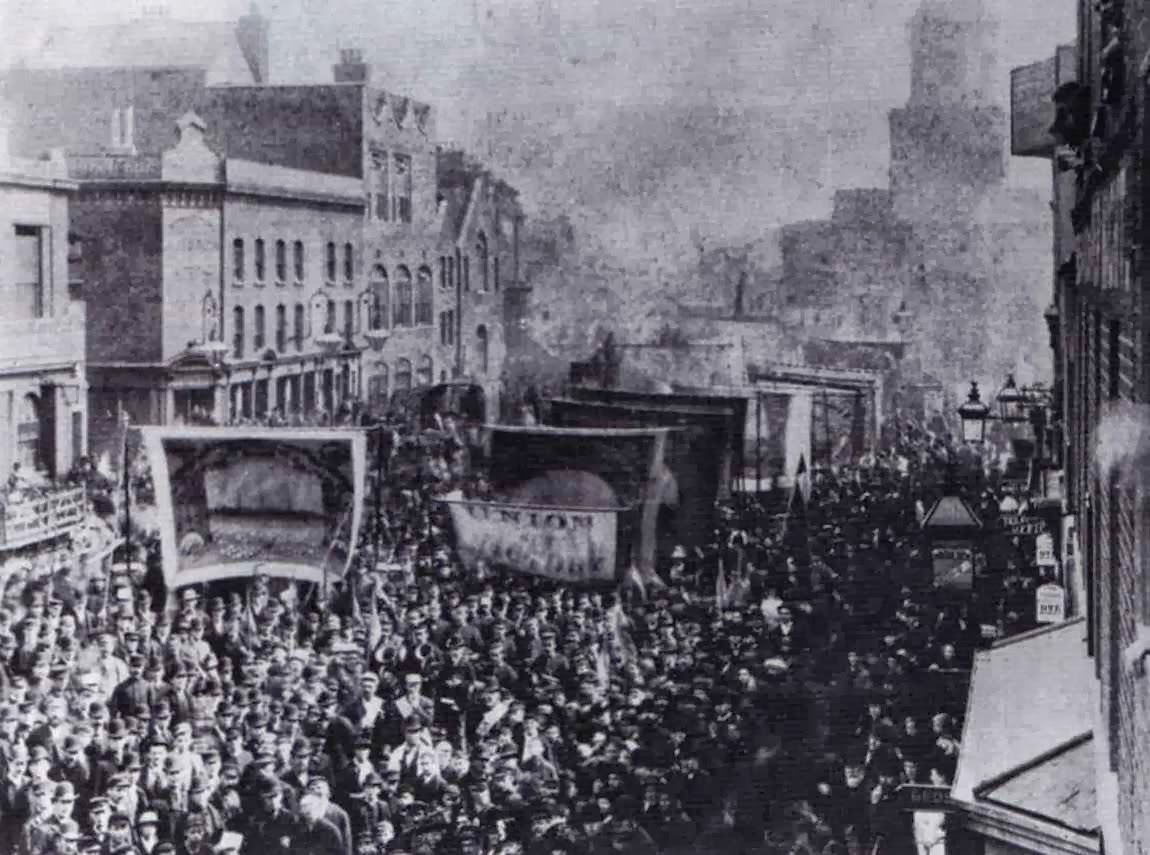
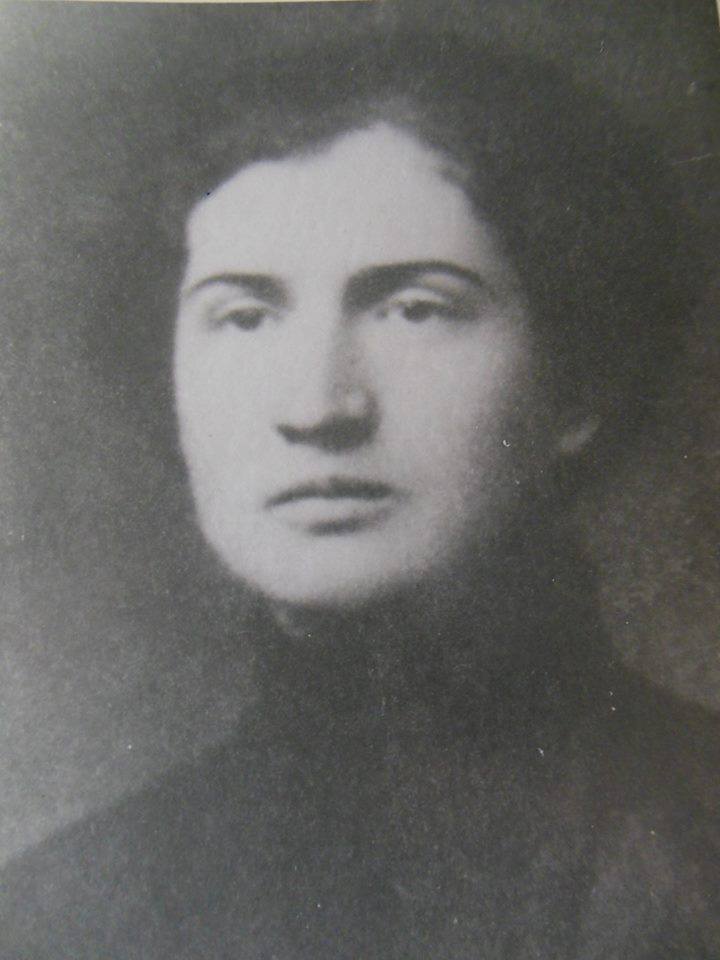
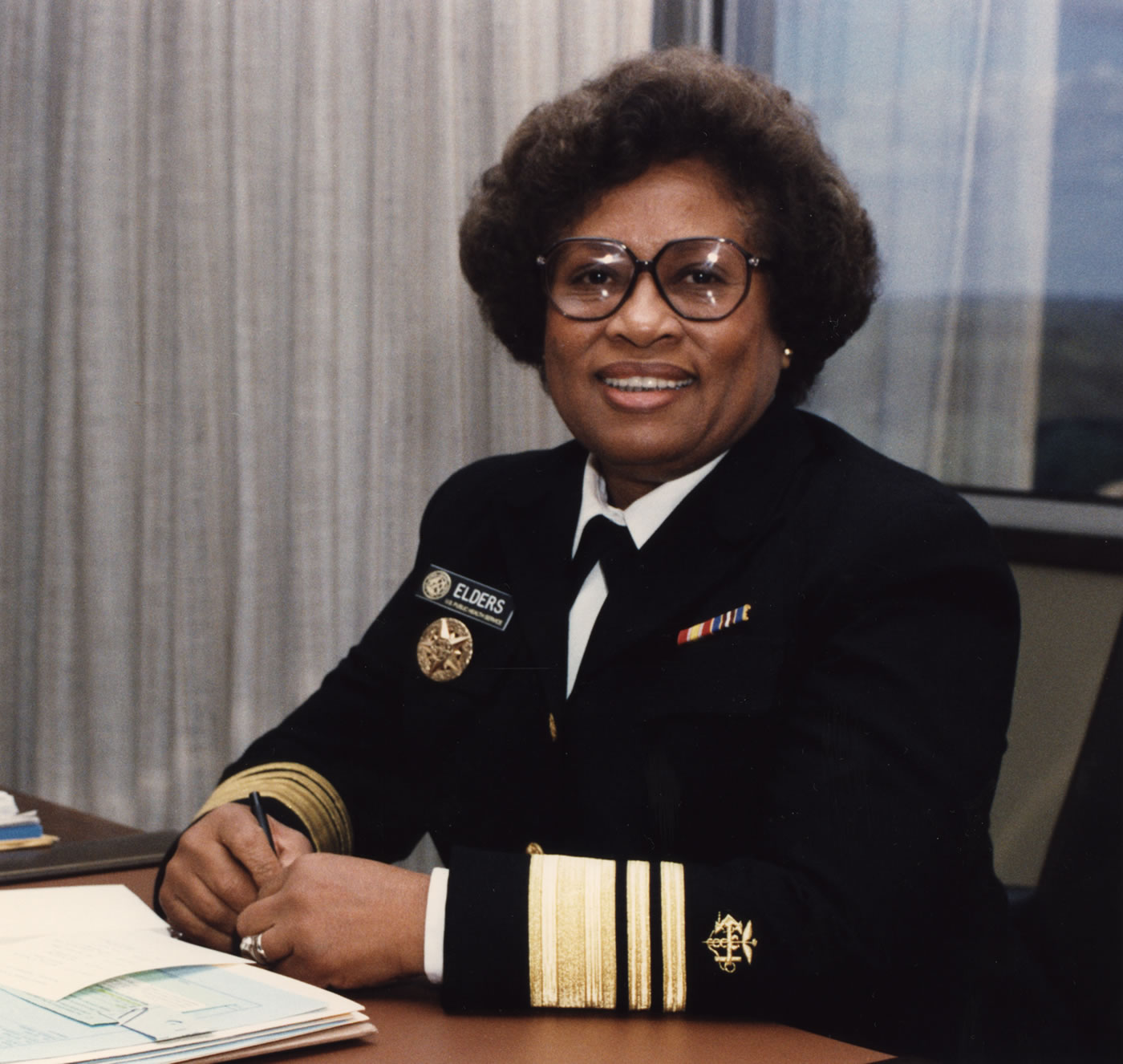
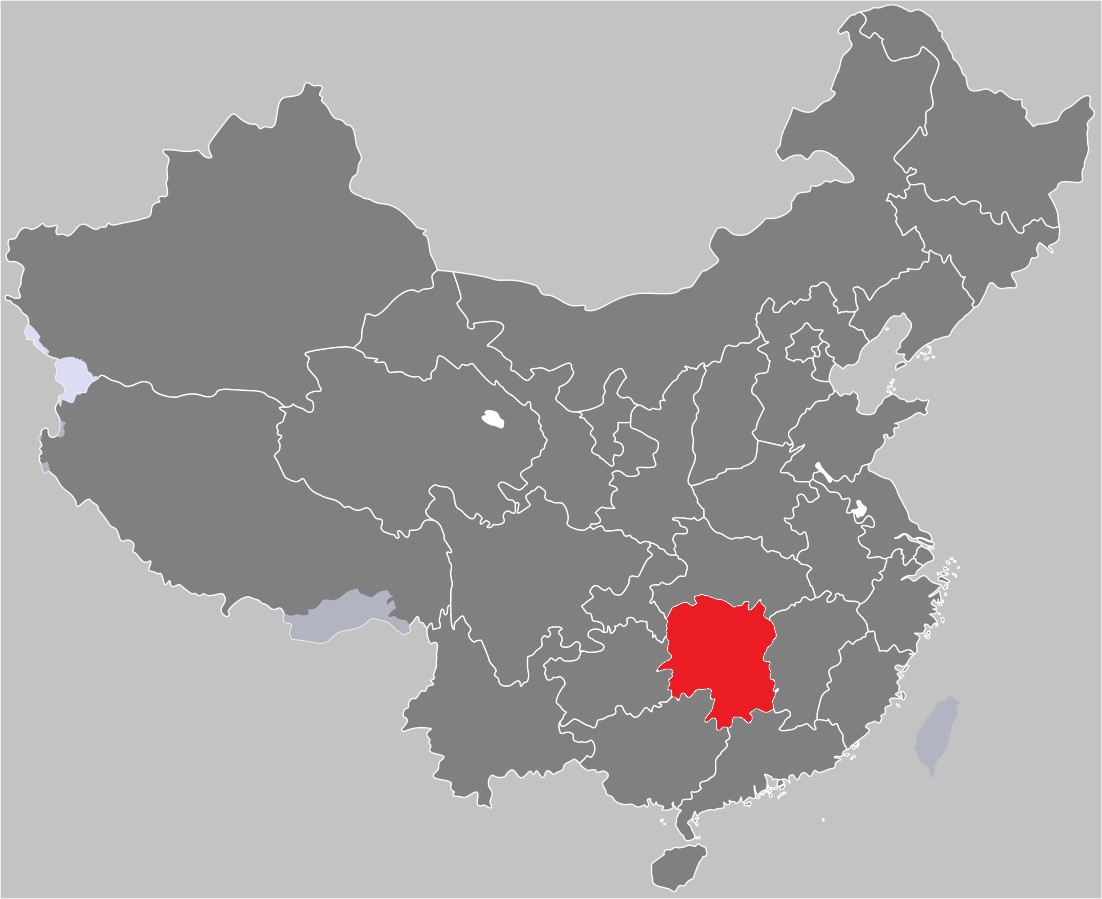
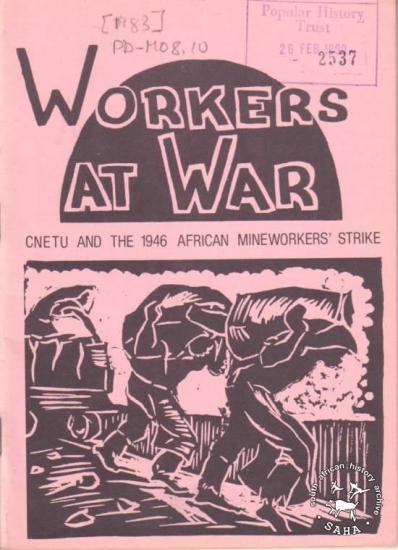
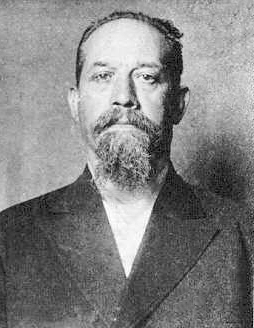
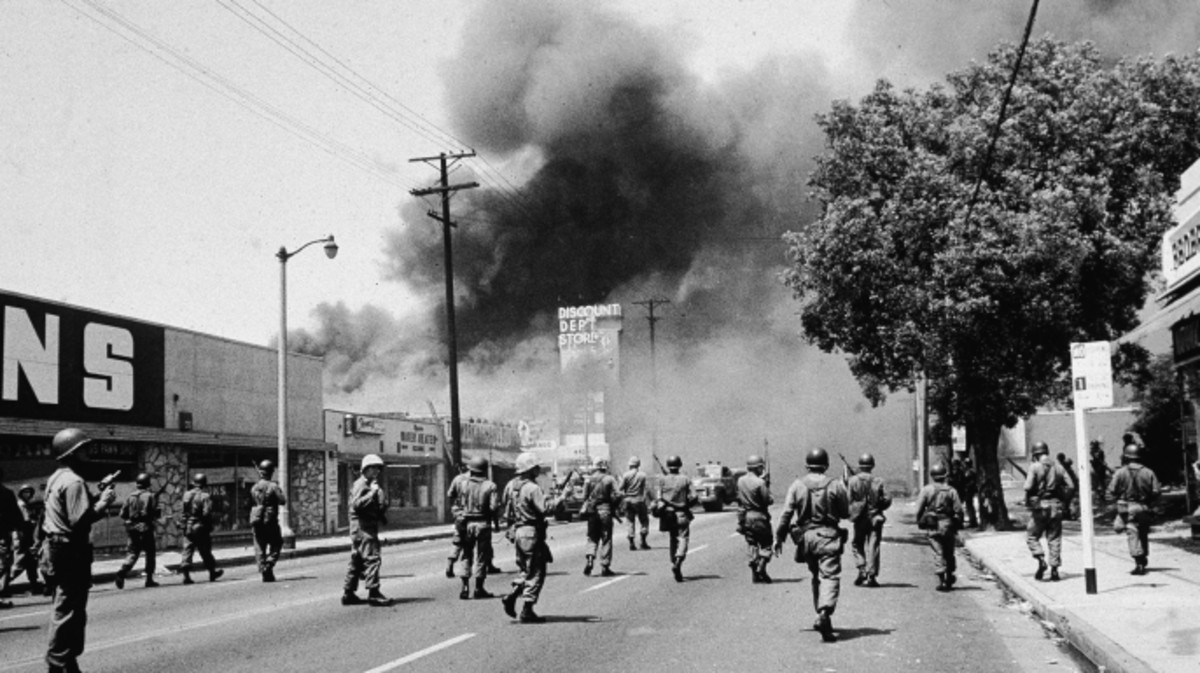
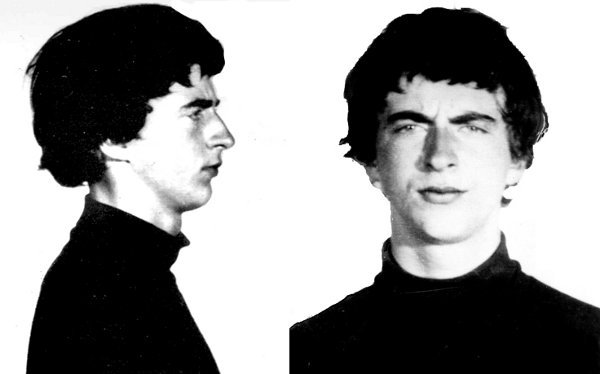
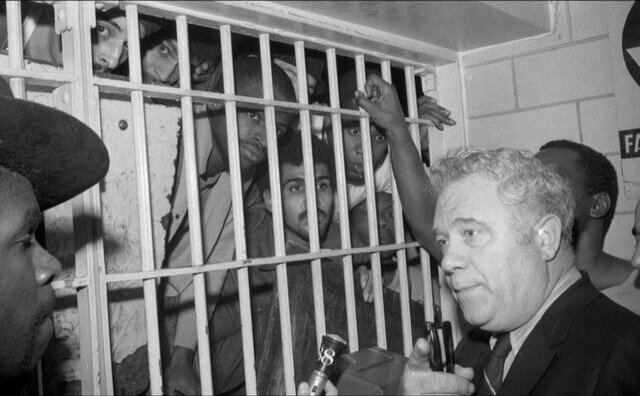


Thanks, updated.